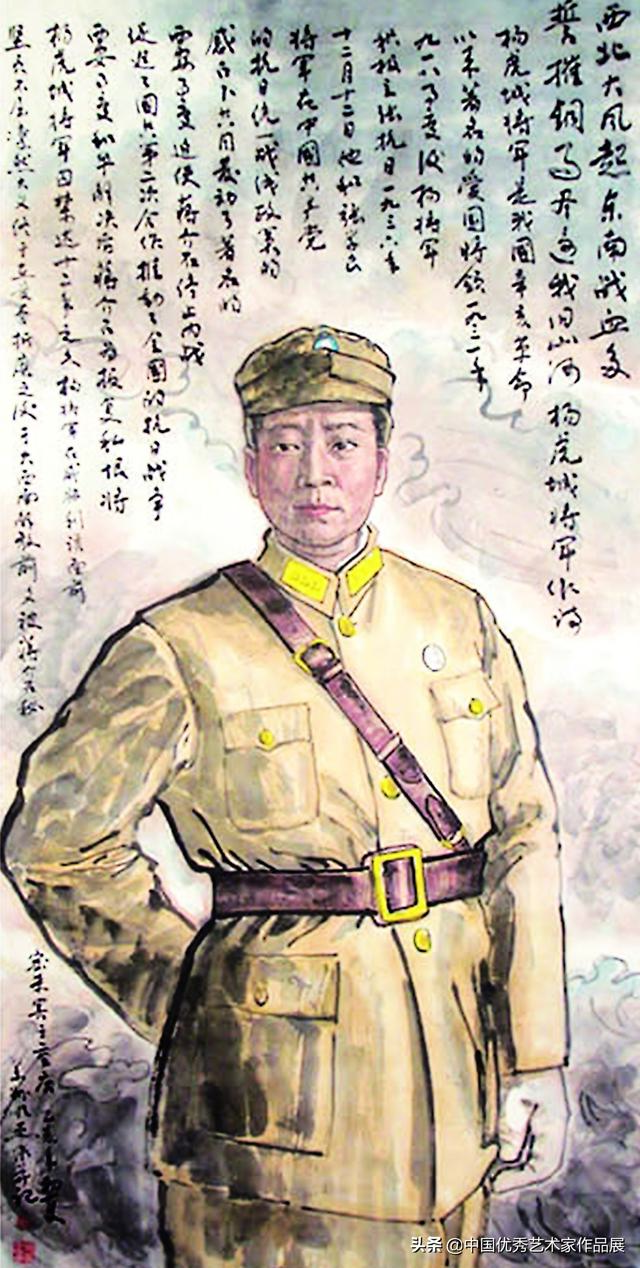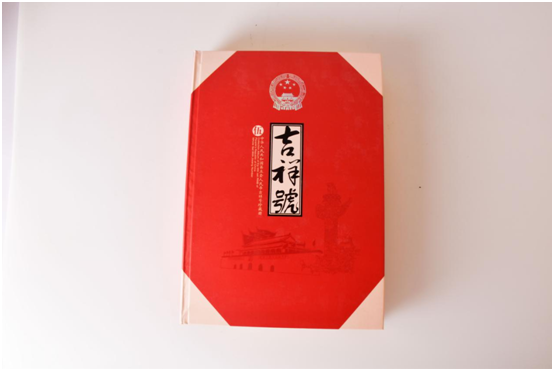「精品赏析」宋代定窑盘口瓶問世新加坡拍賣
应广大买家的要求,圣约翰集团平台推出了【藏·荐】栏目。【藏·荐】栏目借助圣约翰集团平台强大的传播效应,向各位买家推荐经过故宫博物馆多名专家甄选的艺术臻品,已经为出手卖家及置购买家牵线搭桥,让千百件艺术珍品的价值都被发掘与重视并得以在交易中兑现。
At the request of the vast number of buyers, Saint John group platform launched the "Tibet recommendation" column. With the help of the strong communication effect of the Saint John group platform, the Tibetan recommendation column recommends to the buyers of the art collection through the selection of many experts from the the Imperial Palace Museum. It has already been used by the sellers and purchasers, so that the value of thousands of pieces of art treasures have been excavated and valued and realized in the transaction.-------------------------------------------------------------------------------------------------------------------------------------
定窑,是继唐代邢窑而起,在邢窑的影响下烧造白釉瓷的我国北方的一个著名窑口,也属宋代五大名窑之一。此窑原为民窑,北宋年间,因一度烧造宫廷定烧瓷而声誉鹊起。定窑窑址在今河北省曲阳县的涧磁村和东西燕山村。这个地方,在唐宋时属定州,定窑也就因此而得名。其实,定窑的瓷器烧造最早可追溯到南北朝时期,五代时开始烧造以白瓷为主,到宋金年代,是这个窑口发展的鼎盛时期,元代以后逐渐衰落,至明代宣德年间终至落幕。
Ding kiln is a famous kiln mouth in the north of China, which was fired from the Xing kiln in the Tang Dynasty under the influence of Xing kiln. It is also one of the five famous kilns in the Song Dynasty. This kiln was originally a civilian kiln. During the Northern Song Dynasty, it was famous for firing a court fixed firing porcelain. The kiln site is located in Jian Yuan village and East West Yanshan village, Quyang County, Hebei province. This place belonged to Dingzhou in the Tang and Song dynasties. In fact, the kiln's porcelain can be burned back to the northern and Southern Dynasties, and the five generation began to burn the white porcelain mainly. To the song and Jin years, it was the prosperous period of the development of the kiln. After the Yuan Dynasty, it gradually declined to the end of the Ming Dynasty.

定窑是我国北宋至金代北方地区声誉最高、影响最大的窑场之一,其遗址位于今河北省曲阳县灵山镇,规模最大的窑场在涧磁村、野北村、东燕川村、西燕川村及北镇村一带,总面积约100多万平方米。因曲阳县在唐、五代时曾隶属于定州管辖、北宋时曾隶属于定州博陵郡管辖,故名定窑。明、清时期一些文人士大夫曾将定窑与柴、汝、官、哥、均(钧)等著名瓷窑并称,后来又演绎出汝、官、哥、定、均(钧)宋代“五大名窑”之说。特别是定窑白瓷,名扬天下,其造型规整、胎质洁白、釉质温润,除光素无纹饰者以外,常以刻、划、印花和描金花等技法进行装饰。 ·
The kiln is one of the most famous and most influential kilns in Northern Song Dynasty to the north of Jin Dynasty in China. Its site is located in Lingshan Town, Quyang County, Hebei province. The largest kilns are in the area of Jian magnetic Village, wild North Village, East Yan Chuan village, West Yan Chuan Village and Beizhen village, with a total area of about about 1000000 square meters. Because Quyang county was under the jurisdiction of Dingzhou in the Tang and Five Dynasties, it belonged to the Dingzhou County in the Northern Song Dynasty. In the Ming and Qing Dynasties, some literati and officials once called the kiln and the famous porcelain kiln such as Chai, Ru, Guan, Ko and Jun (Jun), and later deducted the "five famous kilns" of the Song Dynasty. In particular, the kiln and white porcelain, famous in the world, its shape is regular, the quality of the fetus is white, the glaze is warm and moist, except for the glaze without ornaments, it is often decorated with the techniques of carving, printing, printing and drawing golden flowers. ·--------------------------------------------------------------------------------------------------------------------------------------------------------------------------------------定窑以烧白瓷为主,瓷质细腻,质薄有光,釉色润泽如玉。定窑除烧白釉外还兼烧黑釉、绿釉和酱釉。造型以盘、碗最多,其次是梅瓶、枕、盒等。盘、碗因覆烧,有芒口及因釉下垂而构成泪痕之特色。斑纹千姿百态,有用刀刻成的划花,用针剔成的绣花,特技制成的“竹丝刷纹”,“泪痕纹”等等,出土的定窑瓷片中,发现刻有“官”、“尚食局”等字样,这说明定窑的一部分产品是为官府和宫殿烧造的。
Ding kiln is mainly made of white porcelain, with fine porcelain, thin and glossy quality, and glazed color as jade. In addition to firing white glaze, the kiln also burns black glaze, green glaze and sauce glaze. The most dishes are plates and bowls, followed by plum bottles, pillows, boxes and so on. The dishes and bowls are covered with fire, with awning openings and features of tear stains due to glazing. With a variety of patterns, it is useful to cut flowers carved by a knife, embroidered with needles, "bamboo silk brush", "tear mark" and so on. In the unearthed kiln porcelain, the words "official" and "still Food Bureau" are found. This shows that some of the products of the kiln are burned for the government and the palace.---------------------------------------------------------------------------------------------------------------------------------------------------------------------------------------------------------
本次给收藏爱好者所推荐是一件宋代的定窑盘口瓶,此件瓷质精良、色泽淡雅,纹饰秀美,被皇家选为宫廷用瓷,瓶身刻一条姿态矫健的蟠龙,龙身盘曲,印龙纹饰构图严谨、纹样清晰,被后人推为同时期各窑瓷器“印花之冠”。颇具宋代的艺术风格;供养收藏精品瓷器。高28.4cm 口径:8.4cm
This time to the collection fan recommends a Song Dynasty fixed kiln pan mouth bottle, this porcelain quality is excellent, the color and lustre is elegant, the ornament is beautiful, is selected by the Royal Palace porcelain, the bottle body engraved a graceful flat dragon, the dragon body coil, the printing dragon ornamentation is strict, the pattern is clear, and the later people push the porcelain "printing crown of the same period" "." It has the artistic style of the Song Dynasty; it supports and collages fine porcelain. High 28.4cm caliber: 8.4cm

宋代定窑盘口瓶
Song Dynasty fixed kiln disc bottle
起拍价:1.280.000RMB
Starting price;1.280.000RMB
竞投本件拍品,请与本公司有关业务人员联系提前办理特殊竞投号牌。
Bid for this item, please contact our business personnel in advance for special bidding plate number.
备注:四川收藏世家詹先生
Remarks: Mr. Zhan, a Sichuan collection
中国瓷器质朴的美,文人雅士赞誉且融入儒家理念的审美观,全部体现在晚唐、北宋时期的瓷器上,那是一种内含、文静的美,为历代帝王、文人雅士所追捧。定窑大尺寸的玉壶春瓶极为罕见,存世稀少,回报潜力巨大,是投资的重点关注对象。定窑为宋朝瓷业之代表,深得社会和后世所推崇,元人刘祁《归潜志》赋诗赞曰“定州花瓷瓯,颜色天下白” 。明初曹昭《格古要论》中称道:“古定窑器土脉细腻,色白而有滋润者为贵”
Ding kiln is mainly made of white porcelain, with fine porcelain, thin and glossy quality, and glazed color as jade. In addition to firing white glaze, the kiln also burns black glaze, green glaze and sauce glaze. The most dishes are plates and bowls, followed by plum bottles, pillows, boxes and so on. The dishes and bowls are covered with fire, with awning openings and features of tear stains due to glazing. With a variety of patterns, it is useful to cut flowers carved by a knife, embroidered with needles, "bamboo silk brush", "tear mark" and so on. In the unearthed kiln porcelain, the words "official" and "still Food Bureau" are found. This shows that some of the products of the kiln are burned for the government and the palace.






















评论